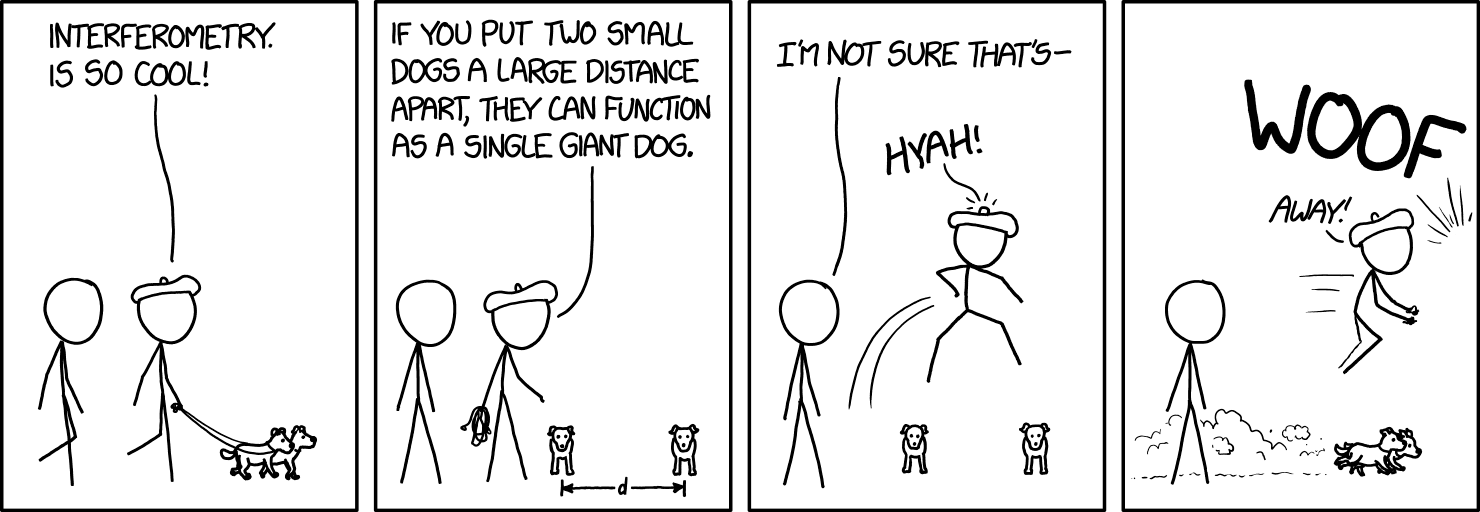- Georgia State University - Advisor:
Prof. Fabien R. Baron
Research Topic: Studying the origin of rapid rotators with the CHARA Array - San Diego State University - Advisor:
Prof. Eric L. Sandquist
Research Topic: Deriving precise ages for stars in star clusters
Supported by the Cal-Bridge Program - University of Arizona - Advisor:
Prof. Ian J. M. Crossfield
Research Topic: Derived stellar and planetary parameters for late-type K2 systems from spectroscopic observations
Supported by the CAMPARE Program
I was a research scientist working under employment of the Bay Area Environmental Research
Institute working at NASA Ames Research Center. My research involved using
state-of-the-art algorithms and applying them to speckle observations in order to
find high-contrast ratio companions. These speckle imaging algorithms allow for higher
contrast ratio retrieval compared standard speckle interferometric techniques. My other research
interest lie in studying calculating stellar parameters, doing interferometric image
reconstruction, and other imaging techniques.
I obtained my Doctorate in Astronomy from the Physics and Astronomy Department at
Georgia State University under the advisement of Prof. Fabien Baron. With the use of
the CHARA Array, I aimed to further understand the nature of rapid rotating stars. I have
developed codes to model rapid rotators in Julia and compared them to reconstructed images
from interferometry. In addition to having studied rapid rotators, I have also analyzed a
RS CVn star (chromospherically active stars) to obtain a 3D temperature and image map of its
surface. While the inital 3D imaging of the rapid rotators had a few disagreements with the
theoretical models, the 3D interferometric imaging code ROTIR that I developed during my PhD
has set a baseline for furture 3D imaging of spheroids and binary systems. Aside from
interferometric modeling and imaging, I have also worked with Prof. Stuart Jefferies, Dr.
Theo ten Brummelaar, and Prof. Fabien Baron on a project for open air beam propogation.
I did my undergraduate work at San Diego State University, and recieved my Bachelor of
Science in Astronomy and minor in Mathematics. At SDSU, I worked with Prof. Eric Sandquist
and studied eclipsing binaries in the open cluster M 37. After obtaining my B.S., I
worked with Prof. Ian Crossfield (as part of the CAMPARE program) and calculated stellar
and planetary parameters for K2 systems of interest. This work required spectroscopic
observations that we obtained at La Silla Observatory in Chile.

|